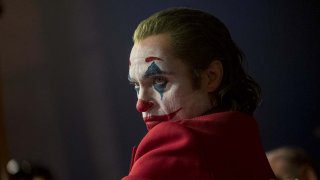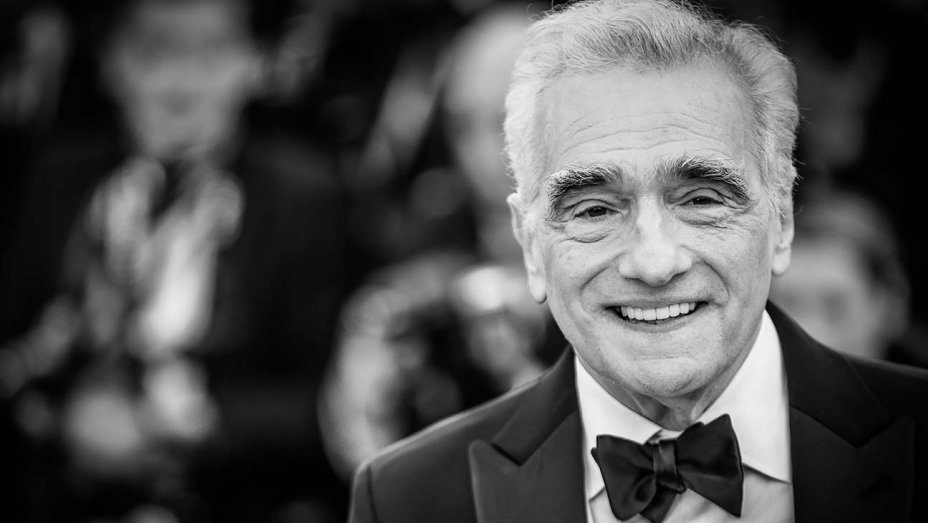Vittorio Zunino Celotto/Getty Images
Martin Scorsese
The director wasn’t denigrating superhero films so much as stating the obvious, writes the NBA great and Hollywood Reporter columnist.
Director Martin Scorsese’s claim to Empire magazine that Marvel films aren’t “cinema” is like saying the novel Fifty Shades of Grey isn’t “literature.” He’s technically wrong — but he’s culturally right. And all the outraged defenders of Marvel films know he’s right. I include myself among Marvel’s defenders as both an enthusiastic fan and recent Marvel comics author. I’ve seen the entire Marvel Comic Universe pantheon multiple times. Guardians of the Galaxy and Thor: Ragnarok are two of the most addictive movies ever made. If I’m channel surfing and even catch a glimpse of them, I’m riveted. At the same time, several of Scorsese’s films (Taxi Driver, Goodfellas) are among my all-time favorites for their emotional power and thematic depth.
I’m aware that the international popularity of Marvel films makes them very influential in positively adjusting social attitudes about race, gender and sexual orientation. Every time I see Black Panther, I feel a rising swell of pride because we finally have a popular black superhero and he’s not just powerful, but also kind and compassionate. Captain Marvel, Black Widow and Wonder Woman (DC) are definite improvements from Barbie as role models for young girls. But influence, even for the betterment of society, isn’t the issue.
Scorsese wasn’t denigrating Marvel films so much as making a distinction between High Art (an accurate but cringe-worthy term) that we might see in a museum or featured on NPR, and regular everyday art that we might see on our T-shirts and tattoos. Scorsese is stating the obvious: Rembrandt’s The Storm on the Sea of Galilee is not on the same level as Coolidge’s Dogs Playing Poker, no matter how much those dogs make us smile. Nor will Peter Benchley’s novel Jaws ever match the magnificence of Herman Melville’s Moby-Dick, despite selling millions more copies. Captain America will never be James Baldwin. It’s an important distinction to make because wrapped up in our vision of High Art are the cultural ideals, moral values, and social vision that defines who we are and who we want to be. Our best art reflects our highest aspirations as well as our flawed approach in obtaining those aspirations. The angels of our reach, the devils of our grasp.
High school makes many of us resistant to definitions of High Art. We are forced to read poems, plays and novels we don’t understand and then are told there are “hidden meanings†that we’re just not smart enough to see. We feel dumb if we can’t figure out that Robert Frost’s poem “Stopping by Woods on a Snowy Evening†isn’t about stopping to appreciate a wintery wonderland, but about contemplating suicide. What the hell! Why should we have to work so hard just to read a poem or story?
Here’s why: High Art is basic training for teaching us to be more observant and insightful in our personal lives. People don’t always do or say directly what they mean, so sometimes we have to interpret their actions and words to avoid being manipulated. We learn through unreliable narrators the excuses and justifications people make to hinder their own happiness. When we see them doing it, we can often recognize it in others — and ourselves. Great art heightens our ability to see more by widening our perspective on the world until those meanings are no longer hidden, but obvious. Popular art may thrill us, entertain us and bring us joy, but it rarely furthers our insights or understanding of ourselves or illuminates our path to greater happiness. They are shiny artifacts of our culture, but they don’t define who we are.
Celebrated British novelist and screenwriter Graham Greene (The End of the Affair) divided his fiction between “entertainments†and “novels,†with the latter being his serious art. He was making the distinction between melodrama (entertainment) and drama (art): Melodrama emphasizes plot over character, while drama (or cinema for Scorsese) emphasizes character over plot. While it’s true that there is much great entertainment within the melodramatic genres of mysteries, thrillers, romances, science fiction and so on, most are just straightforward stories with the main intent of exciting the readers’ emotions: fear, joy, love, hate, etc. The “ride†must be as exciting as possible. Once you’re finished with the work, your memories will be of those exciting moments within the story. Which is why Scorsese sees Marvel films as “theme parks.â€
Drama, however, focuses on how the main characters are changed — or not changed — by the events in the story. It asks us to examine those emotions so that we understand what they say about us. Sometimes writers are able to elevate a melodramatic genre into High Art, as Graham Greene did with the thriller film The Third Man, Francis Ford Coppola did with the gangster genre in The Godfather, Stanley Kubrick did with the sci-fi genre in 2001: A Space Odyssey and Robert Towne did with the detective genre in Chinatown. And Joss Whedon’s Serenity, though not part of the MCU is within Scorsese’s intent, is a remarkably nuanced and thematically sophisticated film about defining good and evil and how our misperceptions can unwittingly further evil while destroying good. Deep stuff for a movie with rocket ships, laser guns and Nathan Fillion’s perfect hair.
Scorsese admitted that he’s never seen a Marvel movie all the way through and I feel sorry for him that he hasn’t experienced the sheer joy, humor and excitement of these films. That he didn’t see Robert Downey Jr.’s touching death scene as Iron Man or Tom Holland’s infectious wonderment at becoming Spider-Man or the delightful banter of Hulk and Thor. Marvel films have made me laugh, cry, jump, agonize and almost always leave the theater feeling lighter and more satisfied than when I went in. And that’s not nothing. But it’s also not everything. With Marvel melodrama we feel better. With High Art, we are wiser.
THR columnist Kareem Abdul Jabbar is an NBA Hall of Famer, the author of Mycroft and Sherlock: The Empty Birdcage and one of the writers of Marvel #1000, a special comic book commemorating the company’s 80th anniversary.

READ MORE
Kareem Abdul-Jabbar: Why the ‘Joker’ Gun Violence Protests Miss the Mark

